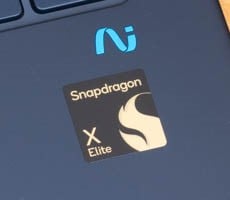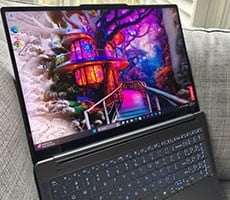Google Pixel 9 Pro XL, 9 Pro And Pixel 9 Review: Android Excellence
Google Pixel 9 Series Voice And Data
The Tensor G4 comes with a new modem, one of the few upgrades to the chip. A new modem isn't usually a game changer, but it serves the Pixel 9 surprisingly well. We could previously count on Pixels to fall behind Samsung and Apple devices in connectivity, but the Pixel 9 series holds its own. In our testing on T-Mobile's 5G network, we're seeing speeds and reliability in line with the best results from those other OEMs.The Pixels also continue to live up to the traditional role of a mobile phone—they maintain a solid connection and both sides are very clear. Google has a feature called Clear Calling that uses AI to clean up phone call audio and eliminate background noise, and the difference is noticeable compared to other phones, particularly in noisy outdoor areas.
Google Pixel 9 Series Benchmark Performance
The Tensor G4 is Google's newest semi-custom Arm chip for phones. It shares a lot with the last-gen Tensor G3, featuring four Cortex A520 CPU cores at 1.92GHZ, three Cortex A720 cores at 2.6GHz, and a single Cortex X4 at 3.1GHz. That X4 CPU is the only change to the CPU configuration, replacing the X3 in the Tensor G3. And that does appear to have an impact on single-threaded operations. There's also the new modem, an Exynos 5400 that enables satellite SOS, Wi-Fi 7, and the aforementioned expansive set of 5G bands.The Tensor also has an Arm Mali GPU, which can't stand up to the latest Adreno components in the Snapdragon 8 Gen 3. However, Google says the enhanced Tensor processing unit offers faster AI and contributes to running Gemini Nano on the device.
As you'll see in the benchmarks, the Tensor G4 doesn't top the charts. However, it feels extremely responsive in daily use. Phones with chips that score much higher in tests regularly feel slower than the Pixel 9. We were also happy with the thermal performance, particularly the Pro phones which have vapor chamber cooling systems.
Google Pixel 9 Series Geekbench Results
Geekbench is a cross-platform benchmark that simulates real-world workloads in image processing and particle physics calculation scenarios. We tested all of the smartphones featured here with Geekbench's single and multi-core workloads.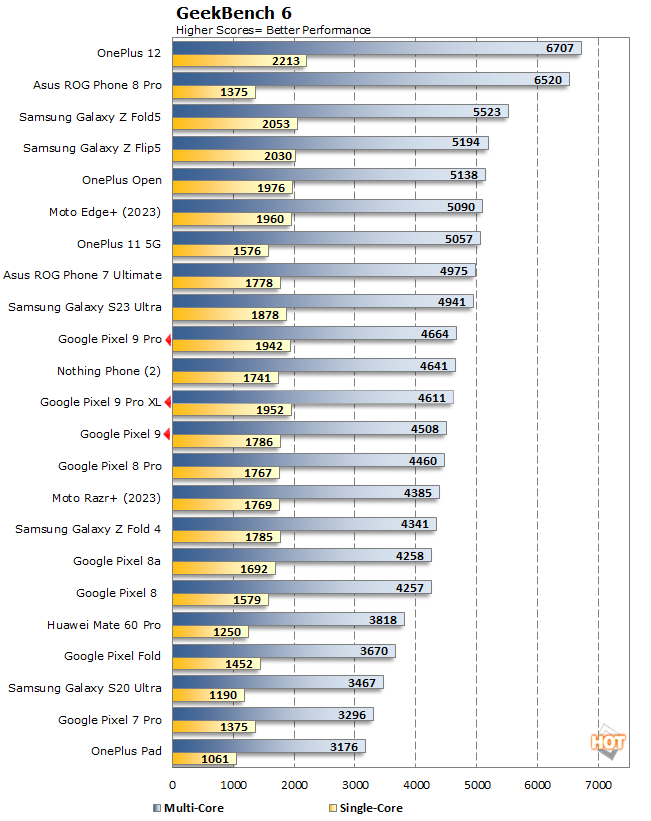
The latest Geekbench 6 test has new ways of testing multi-core configurations and uses higher-resolution diagnostic assets than older versions. The Pixels put up good single-core scores thanks to the updated Cortex X4 CPU, but the multi-core scores still lag behind the latest Qualcomm-powered devices. Still, this is a respectable showing for a chip that doesn't have the best reputation for speed. The Pixel 9 is a bit behind the other models, possibly because of its less capable cooling setup.
Google Pixel 9 Series Graphics And Gaming Benchmarks Results
Next, let's take a look at the new Pixels in GFXBench, which has been one of the standard mobile graphics/gaming performance benchmarks for years. To ensure that display refresh (v-sync) and resolution aren't limiting factors, we're comparing off-screen test results here. GFXBench tests OpenGL ES graphics workloads and we're specifically testing OpenGL ES 2.0 and 3.0, as well as Vulkan in the latest iterations.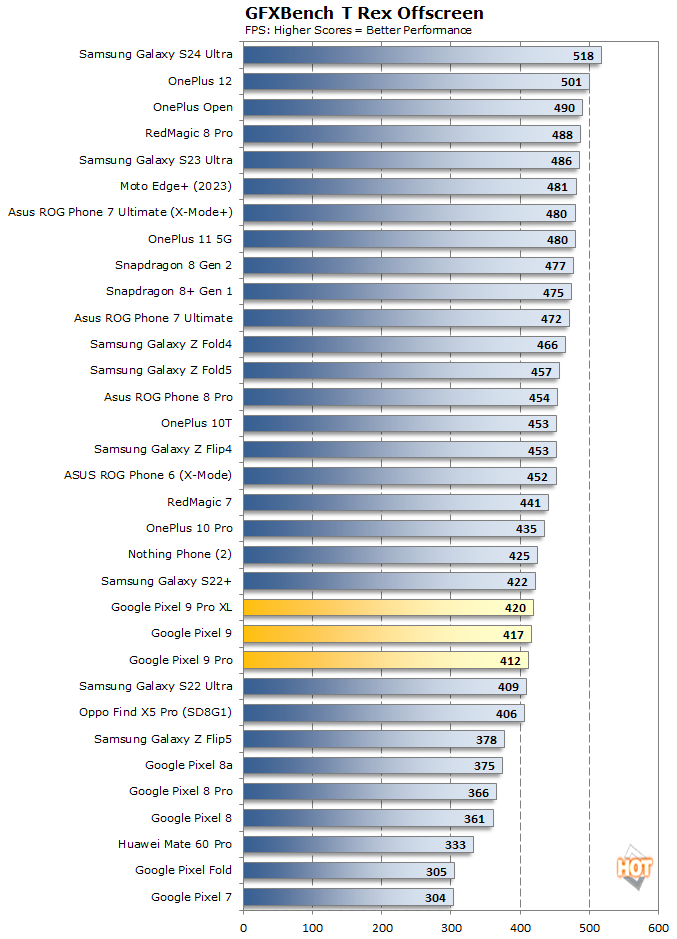
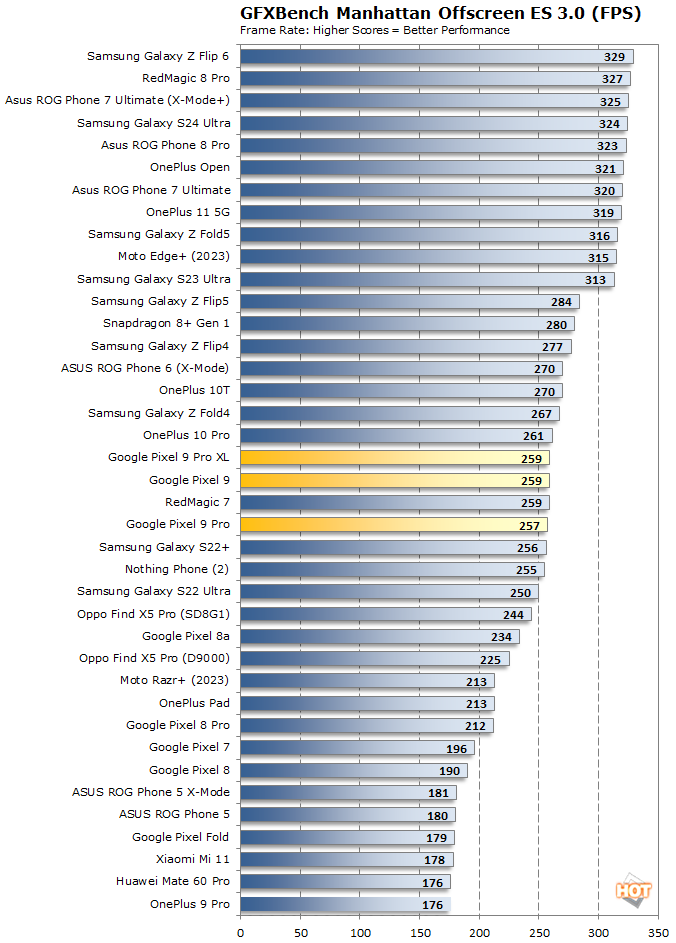
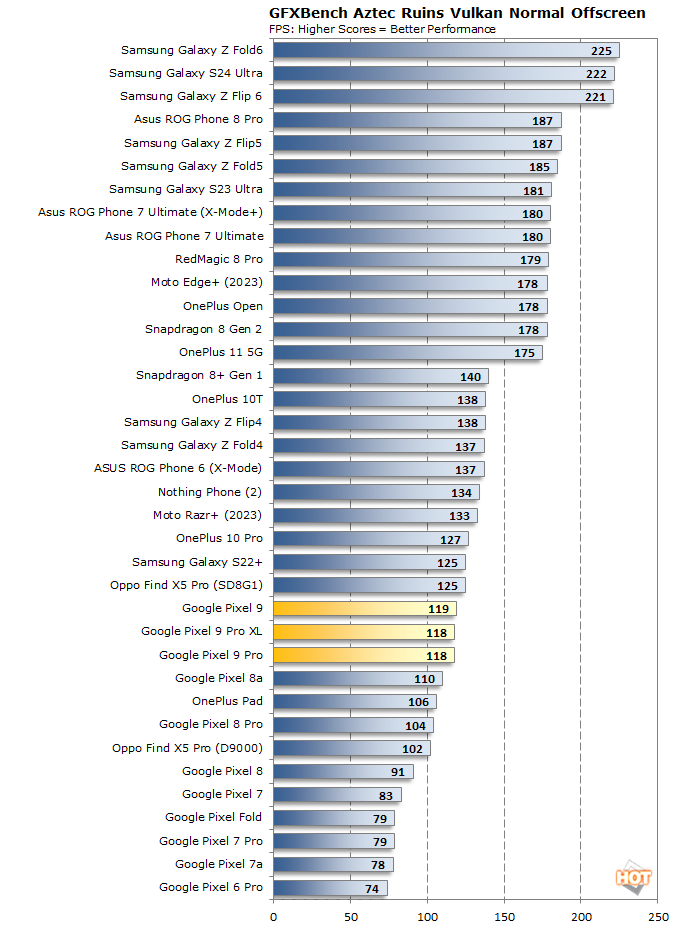
Google Pixel 9 Series Wild Life Benchmark Tests
3DMark's Wild Life benchmark is newer and more demanding than Slingshot, and it allows powerful devices to shine.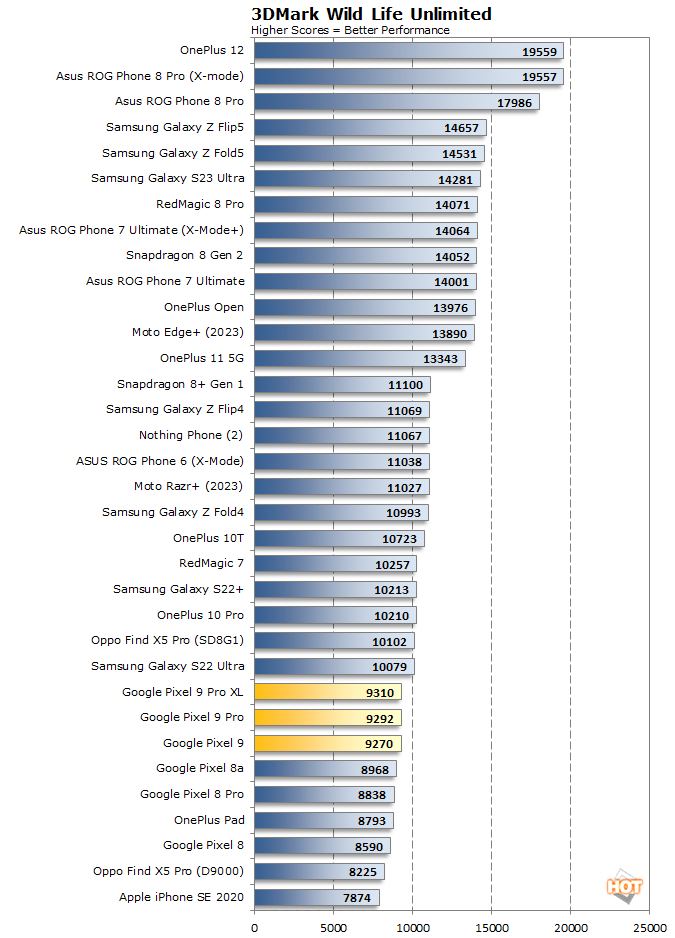
Again, the Pixel 9 family is a few generations back in GPU performance. They do, however, improve over the even less impressive showing of last year's Pixel phones. While these benchmarks don't look amazing, gaming on the Pixel 9 series is better than you might think, thanks to their thermal performance.
The Wild Life stress test runs the above benchmark 20 times, tracking how a device slows down as it heats up. Most phones lose some speed as they approach their thermal limit, but the severity of the slowdown varies dramatically from one phone to the next.
Pixel 9 Stress Test:
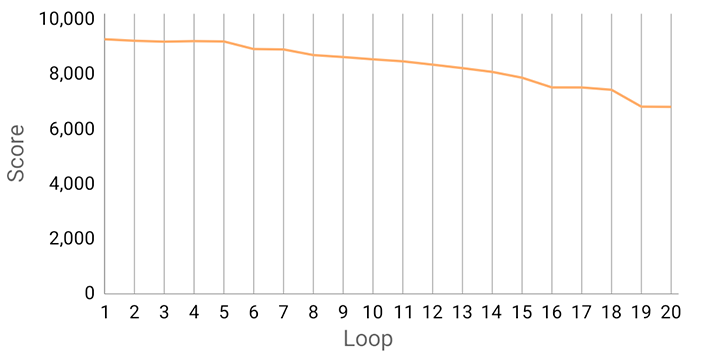
Pixel 9 Pro Stress Test:
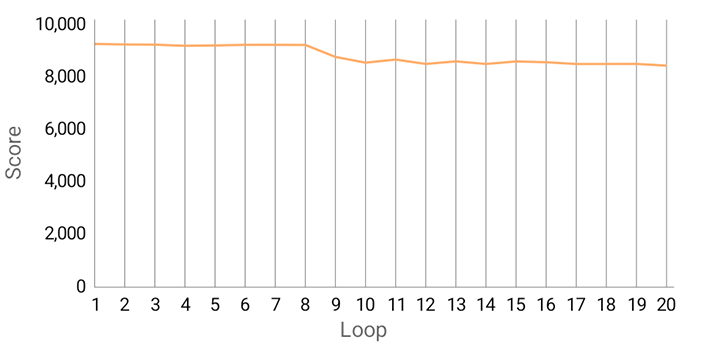
Pixel 9 Pro XL Stress Test:
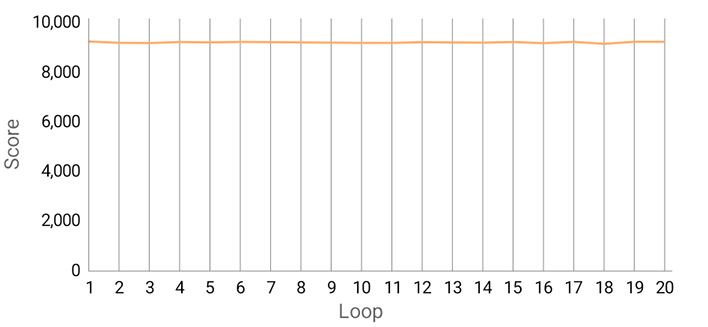
The two Pro models never get too warm over the duration of this test, maintaining over 90% stability. The Pixel 9, which lacks a vapor chamber, does drop by almost 30% over the full test, but that's still a solid showing. Comparatively, we've found that Samsung's high-end phones can lose about half their speed to thermal throttling. For example, the Galaxy S24 Ultra is still faster at the end of this test, but the gap is considerably narrower than the specs might lead you to believe.

